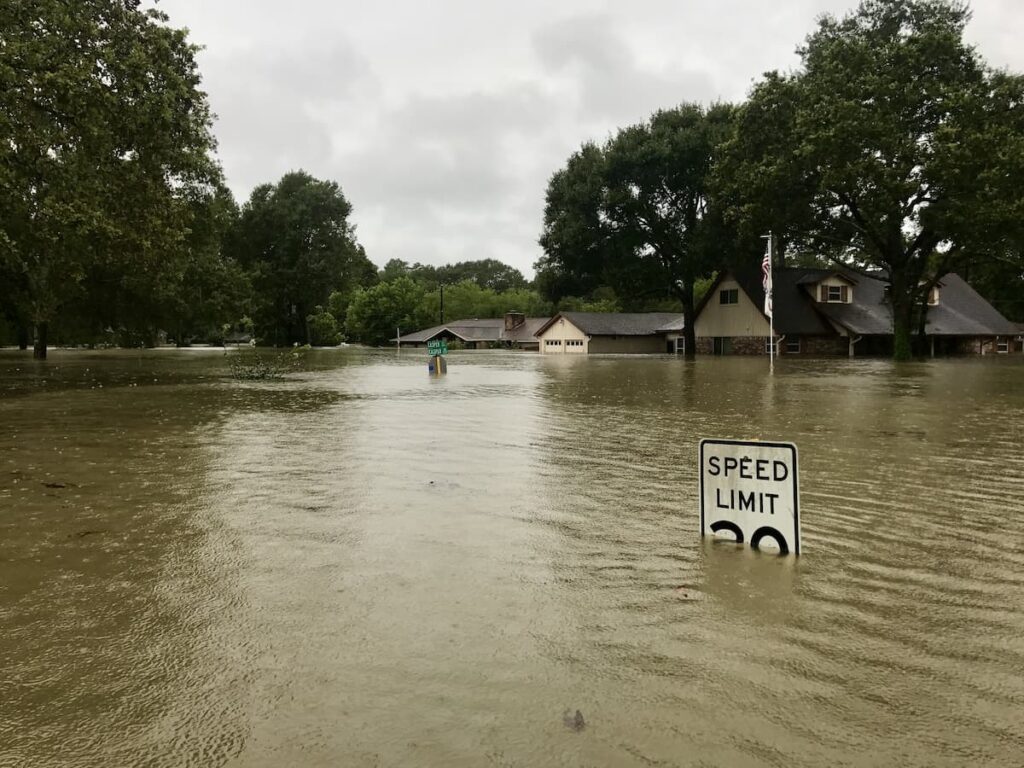Deadly Flash Floods Devastate Texas Hill Country
A powerful and sudden surge of floodwaters caught thousands off guard in Texas Hill Country, leading to one of the most tragic weather events in recent years. With over 80 lives lost and dozens still unaccounted for, communities were left in shock as rivers swelled rapidly overnight. Despite alerts issued in advance, many residents found themselves with little time to react, raising urgent concerns about the effectiveness of the emergency alert systems and how well the population was reached—especially during sleeping hours.
The affected region, known for its rugged topography and susceptibility to flash flooding, experienced rainfall far exceeding initial forecasts. Local and federal meteorological offices had warned about potential flooding, but the exact location and intensity of the rain remained difficult to predict. The incident occurred during a particularly vulnerable time—overnight—when people
NWS Defends Its Response Amid Criticism
Following the disaster, attention quickly turned to the National Weather Service (NWS) and the recent reduction of its workforce. In the months leading up to the storm, hundreds of employees were either laid off or accepted early retirement, creating noticeable gaps in staffing across the country. Some forecasting offices had lost up to 40% of their personnel, while others suspended 24-hour operations and critical data collection practices such as weather balloon launches.
Despite these limitations, independent meteorologists and former NWS officials noted that the forecasts and alerts for this particular event were issued with sufficient lead time. In the days before the flooding, the NWS began warning about flash flood risks in the affected areas, and official alerts were pushed to mobile devices hours in advance of the worst impacts. The alerts included “considerable” and “catastrophic” tags that should have triggered emergency notifications on phones.
Even so, the question remains whether those alerts effectively reached those most at risk. Meteorologists highlighted that delivering the message—especially in rural or sleeping populations—is often the biggest challenge in severe weather events, more so than generating the forecast itself.
Staffing Gaps and Leadership Vacancies Raise Concerns
The conversation surrounding this tragedy intensified due to the recent staffing decisions by the federal administration. While some Texas NWS offices are still relatively well-staffed compared to the national average, key leadership roles remained vacant at the time of the storm. Positions responsible for public communication, science implementation, and hydrological analysis were unfilled or temporarily covered by acting staff.
In particular, the office responsible for the region hardest hit was operating without a senior hydrologist and several other key meteorologists. This lack of specialized personnel may not have directly caused the outcome, but it has raised concerns among experts who argue that such vacancies increase long-term risk—especially during complex and fast-moving weather scenarios like flash floods.
Several forecasting offices across the U.S. have publicly expressed alarm about the budget cuts and what they perceive as diminishing resources to keep communities safe. Former NWS directors even issued a joint warning in response to the growing number of unfilled positions and increasing workload on remaining staff.
Forecasting Limits and the Need for Stronger Preparedness
Experts agree that while alerts were sent in time, the ability to precisely predict when and where extreme rainfall will hit is still limited by current science. The storm system that struck Texas was fed by tropical moisture from a previous weather event, which stalled over the region and unleashed intense precipitation in localized areas.
Forecasting this kind of “quantitative precipitation” is still one of meteorology’s most complex challenges. Even a few miles of deviation in rain location can drastically alter flood outcomes. And when extreme weather hits during the night, as it did in this case, the margin for error becomes even smaller.
Authorities at all levels have acknowledged the need for deeper review of emergency communication systems and local preparedness. While the forecasting tools are improving, their effectiveness depends heavily on leadership, staffing, and public responsiveness. Communities in vulnerable regions may need to reevaluate how emergency warnings are delivered and received, especially when every second counts.



